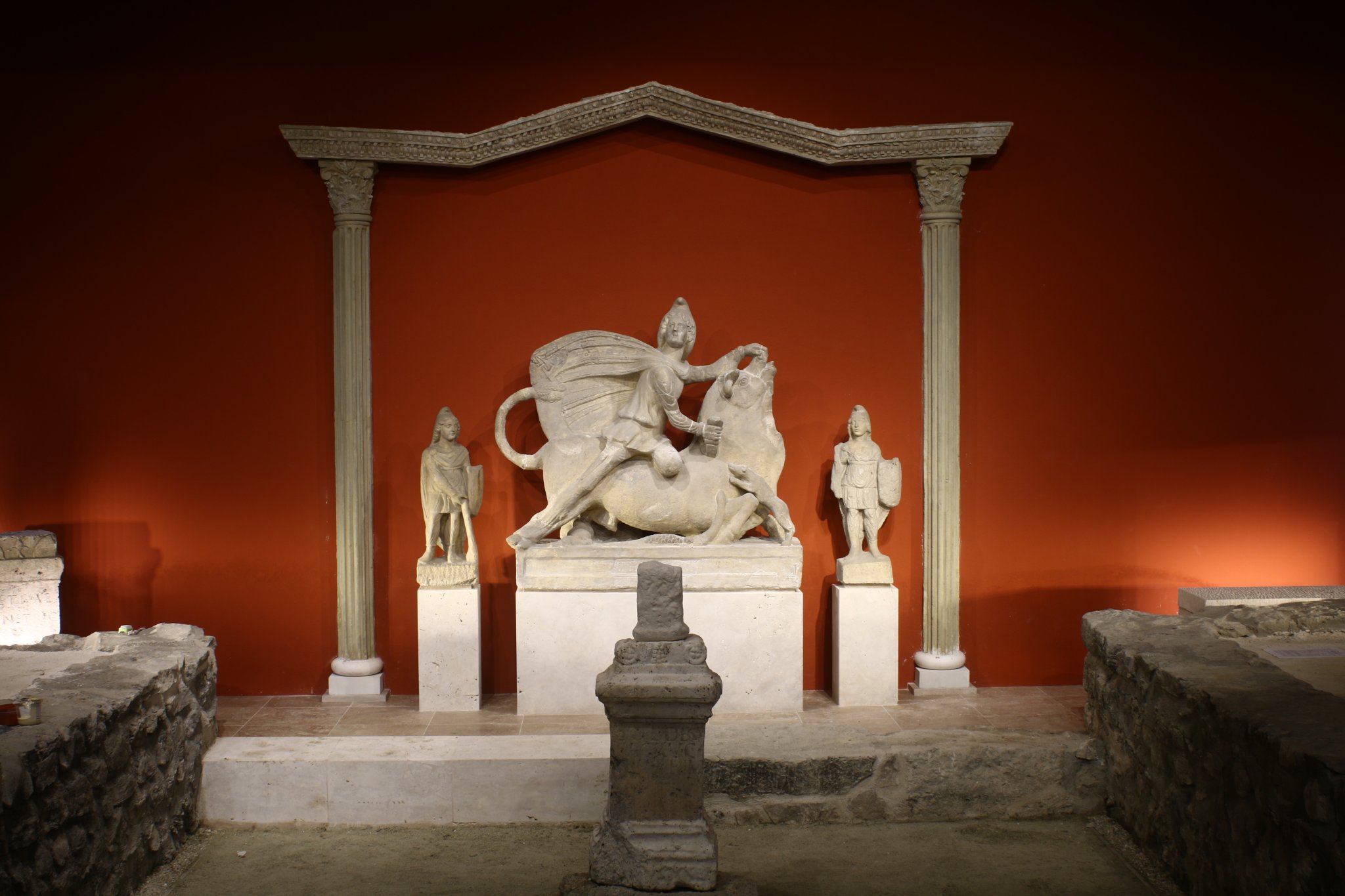The ancient city of Aquincum, known today as Budapest, hosts one of the most beautiful archaeological parks of the Central Europe. The Museum of Aquincum and the eponymous Archaeological Park feature a marvelous array of artifacts, including the restored House of Painter and, more recently, a beautifully restored Mithraeum. It was opened for visitors in 2018.
History of the Aquincum city
Originally a Celtic settlement, Aquincum became part of Rome’s holdings around the midpoint of the first century CE. Their control took root through a legion of men that marched on the city, and by 89 CE a full camp had been established. The city grew quickly in the following years, so much so that by the end of the subsequent century the population reached into the tens of thousands. The fourth century, though, brought with it repeated attacks against the city, and by the fifth century the city was completely under the auspices of the Germanic tribes as well as the Huns.
Since the discovery of Aquincum’s ruins by chance in the late eighteenth century, there has been a concerted effort to put this history on display. The best stop for the modern tourist is the Aquincum Museum and Archaeological Park, which features a marvelous array of artifacts, including the Mithraeum.
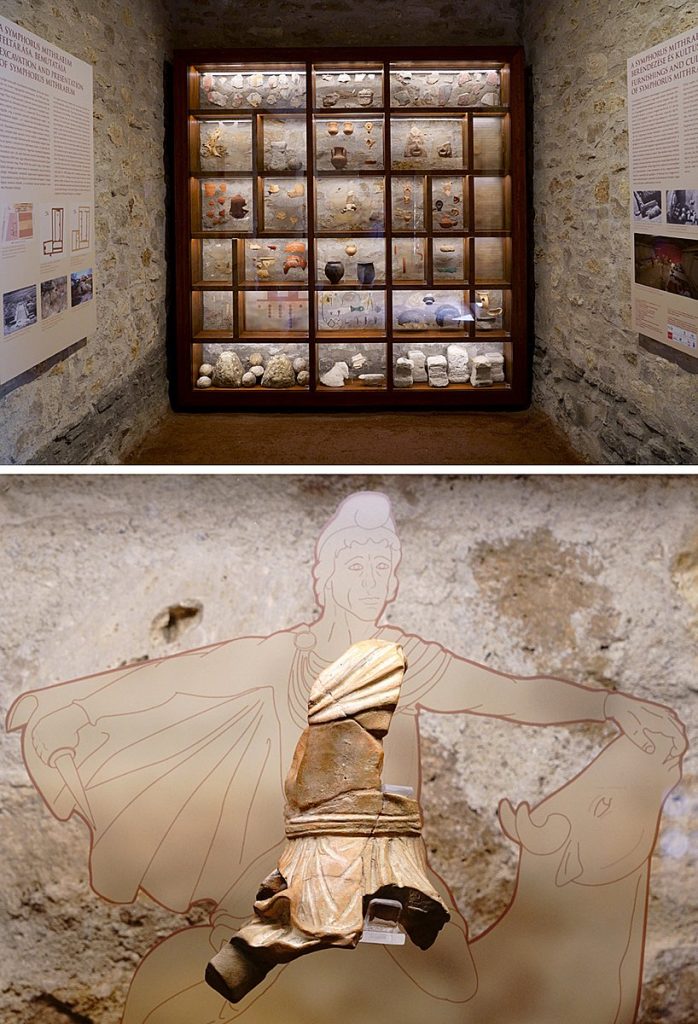
Mithraeum of Aquincum
In 2018 the Aquincum Museum’s Archaeological Park gained a new feature. In the south-eastern part of the park a protective building opened on top of one of the Civil Town’s Mithras shrines, the so-called Symphorus mithraeum. The exterior of the building, which houses the new permanent exhibition, evokes the former edifice’s dimensions and the materials used for its construction, fitting well with the nearby House of the Painter, reconstructed in the Roman style. The structure of the interior in turn reflects how the inside of the shrine would have looked like, displaying, to a large extent, original remains found on site.
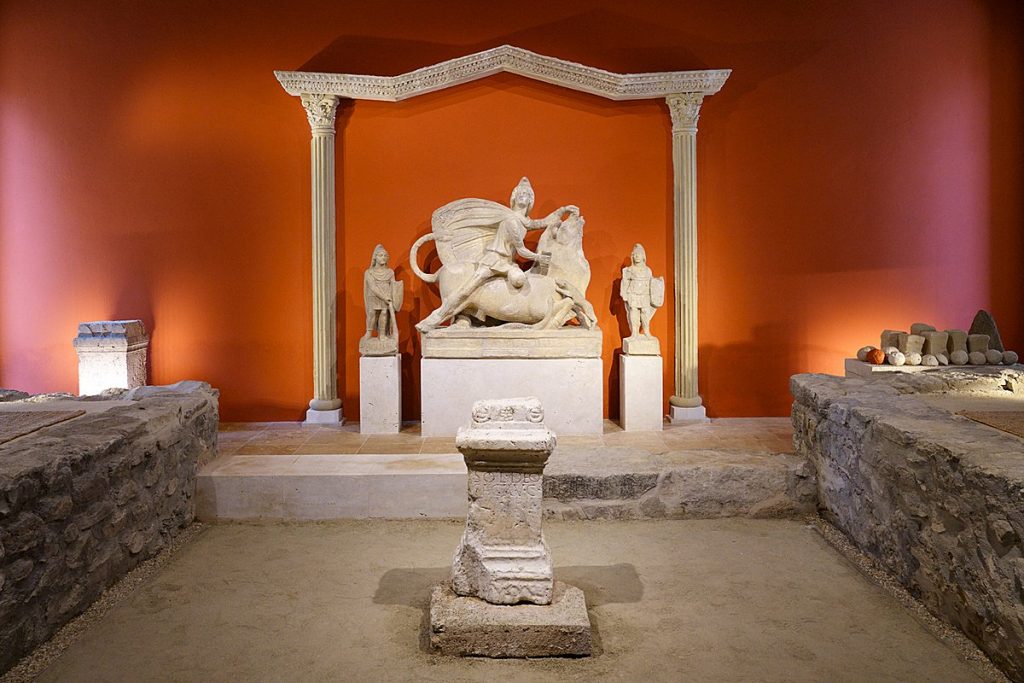
The development of the building and its interior was guided primarily by data from the archaeological excavations of the site, complemented with results from the exploration of other Mithras shrines. Hence the interior of the building presents not only the Symphorus Mithraeum, but helps to give us a picture of the world inside Mithras sanctuaries, built throughout the empire with a uniform layout, based on identical concepts and theories. The shrine, in addition to being a gathering place for worshippers, served as the place of sacrifices and initiations as well as the feasts that ensued. At the same time, its interior symbol system could be used to evoke the surrounding universe.
Cautious Reconstruction
Nowadays the question of archaeological reconstructions built on original ruins is controversial and brings up several issues. The presentation of the Symphorus mithraeum in a protective building–reconstruction, however, caused no professional or ethical problems. After all, based on the data of the first excavation, almost all the walls – with the exception of the podium walls – had been removed, with only some of their below-ground foundations remaining. These, however, as the 2017 excavation confirmed, were covered over or destroyed by the first conservation following the mithraeum’s discovery. Therefore, of the building, only the bottom rows of stone in the podium walls can be considered originals. Thanks to the current conservation, these are now under a roof in a protected environment.
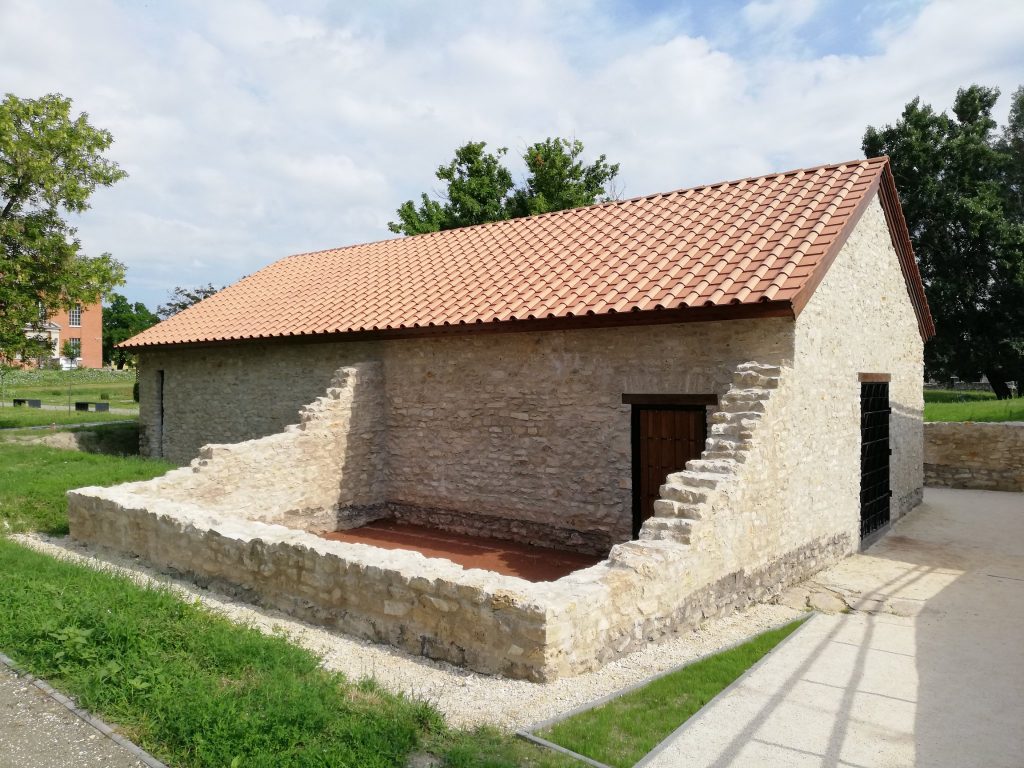
Second Reconstructed Mithraeum in Hungary
After the Fertőrákos mithraeum, the Aquincum sanctuary is the second reconstructed Mithras shrine in Hungary to open to the public. The new exhibition is further significant as, in addition to the cultic objects, it presents to visitors one of the Aquincum Museum’s most beautiful stone remains: the cult statue of Mithras. The statue, once broken into a dozen tiny pieces, was restored soon after its discovery and was, until the previous decade, a key feature of the museum’s permanent exhibitions. Now visitors can see the restored statue in its original environment. The new exhibition also gives us an opportunity to peek into a special, for a time highly popular, but also mysterious part of religious life in Aquincum.
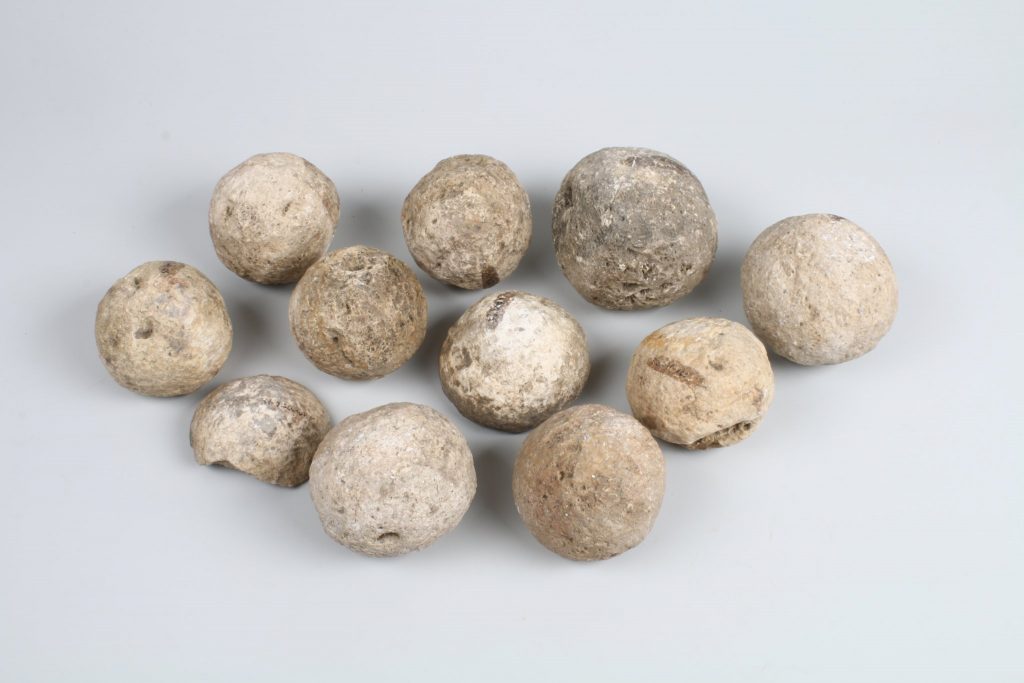
The remains of the mithraeum by the southern town wall show signs of two construction periods. The first shrine was abandoned in the second half of the 2nd century. It was then rebuilt as a slightly larger and more ornate edifice at the turn of the 2nd and 3rd centuries. This was presumably due to the increasing number of Mithras worshippers in the town. The centrepiece of this shrine was the cult statue depicting the divinity slaying the bull. During the excavation, parts of the shrine’s paraphernalia, altars, cult objects were found in their original place. Most of these, with the exception of the cult statue, escaped the destruction which marked the end of the shrine. Based on coins from the site, the destruction probably took place under the reign of Constantine I (the Great) who officially permitted the practice of Christianity.
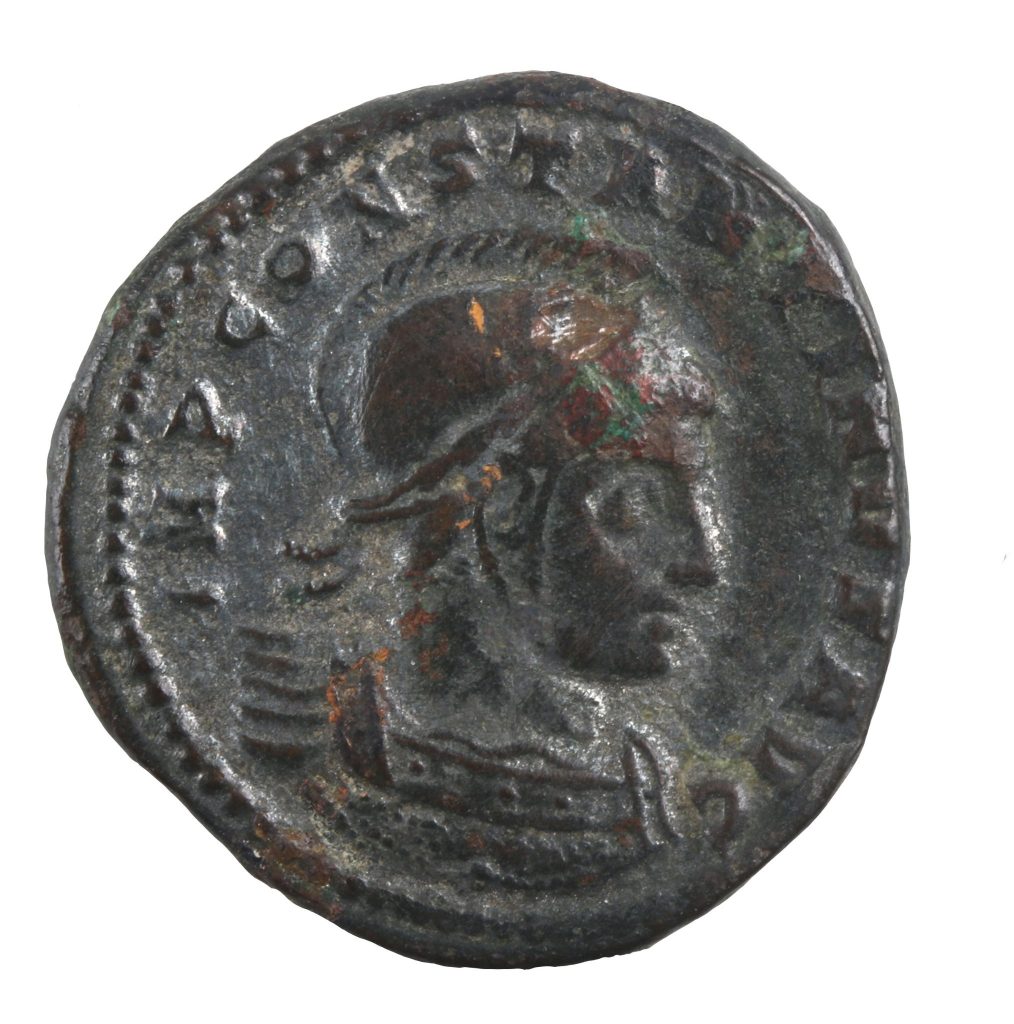
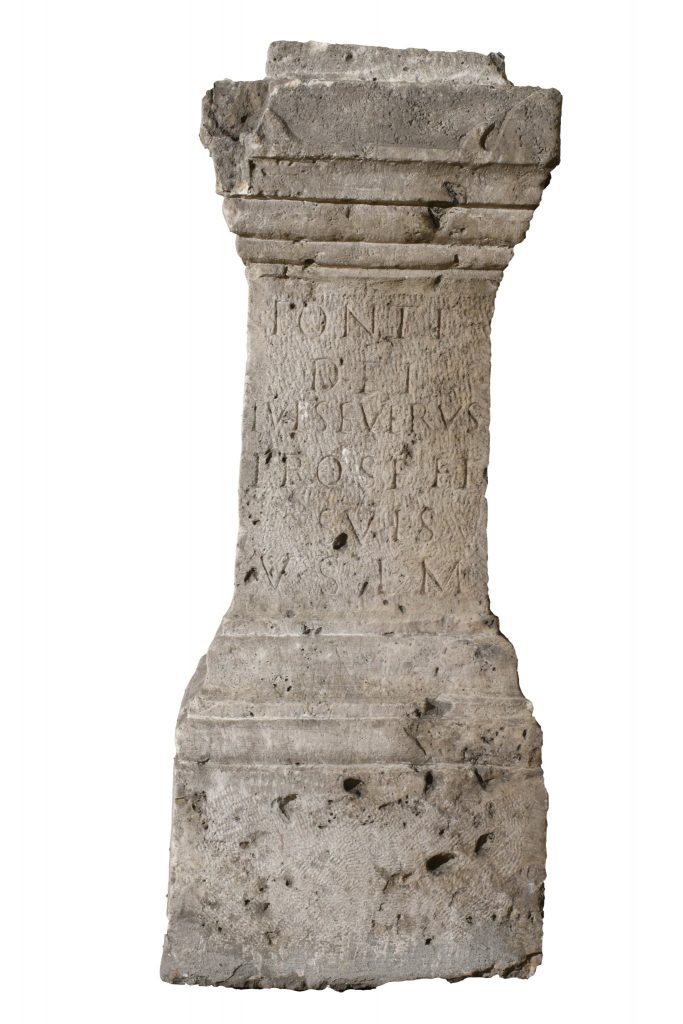
Author: Contributed to Timetravelrome by Orsolya Láng PhD, Director of the Aquincum Museum.
Aquincum Museum details:
ADDRESS: 135 Szentendrei út, 1031 Budapest
TELEPHONE: +36-1-250-16-50
E-MAIL: aquincum@aquincum.hu
To learn more, please visit the Aquincum Museum and Archaelogical Parc website.
Of course, you can also check our mobile app www.timetravelrome.com: we have a nice write app about Aquincum and will soon add a more detailed coverage of this wonderful site.
